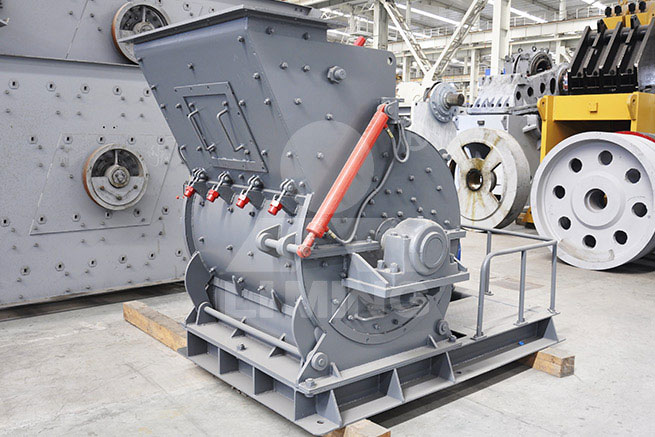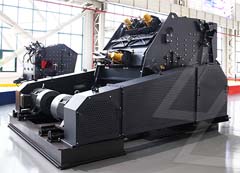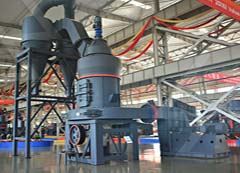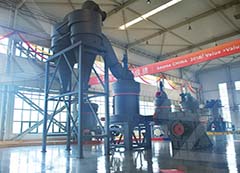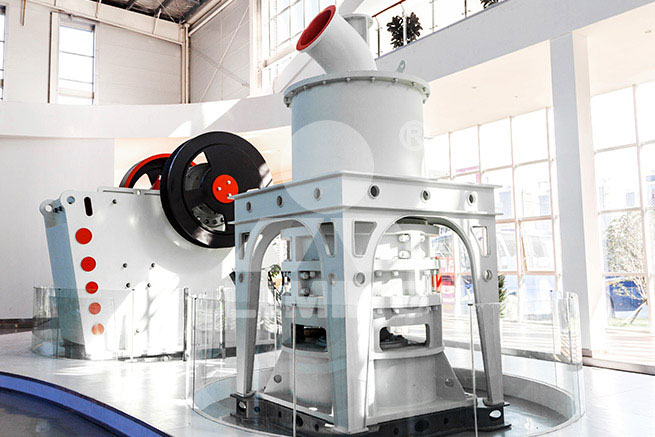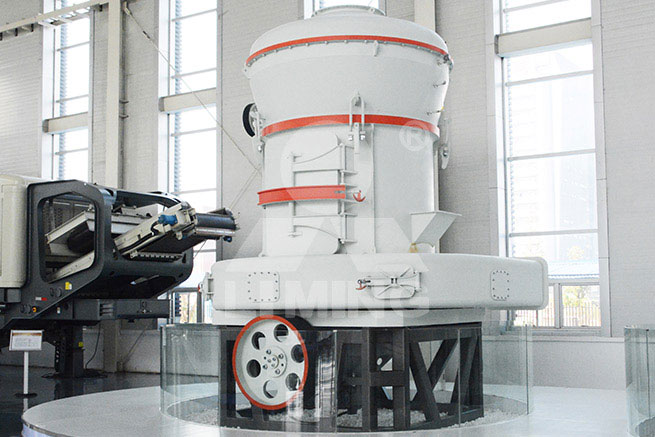types of screening in mineral processing

Screening 101 - Mineral Processing & Metallurgy
2016-6-10 · Screening is the passing of material through definite and uniform apertures is the only true and accurate means of grading to a required particle
Read More
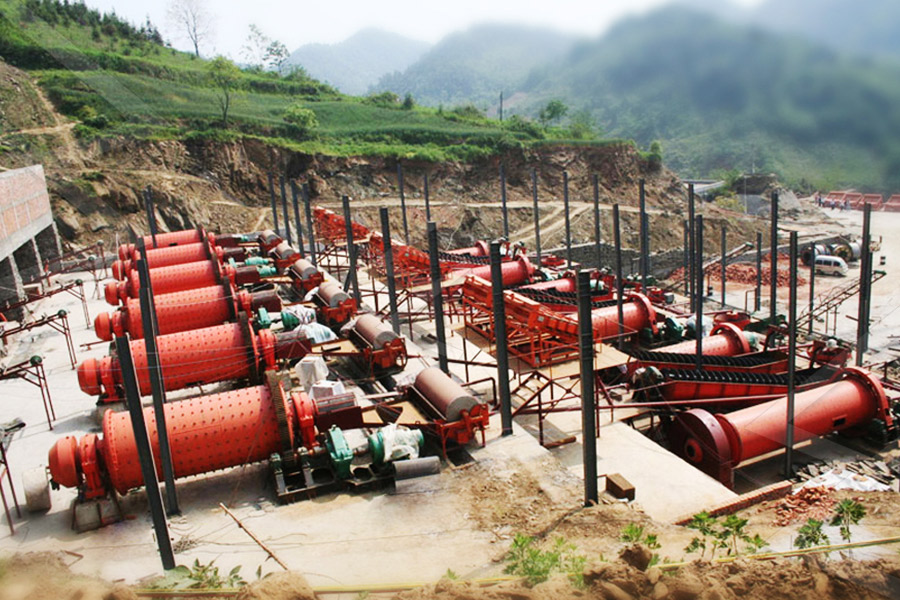
Types of screening in mineral processing
Types of screening in mineral processing Products. As a leading global manufacturer of crushing, grinding and mining equipments, we offer advanced, reasonable solutions for any size-reduction requirements including, Types of screening in mineral processing, quarry, aggregate, and different kinds of minerals.
Read More

Types Of Screening In Mineral Processing
Types Of Screening In Mineral Processing . Mineral processing Wikipedia, the free encyclopedia. In the field of extractive metallurgy, mineral processing, also known as ore dressing, is the Mineral processing can involve four general types of unit operation size reduction sizing separation of particle sizes by screening or classification.
Read More

(PDF) ORE SEPARATION BY SCREENING
2022-1-20 · The goal in mineral processing is to produce maximum value from a given raw material. This goal can be a crushed product with certain size and shape or maximum recovery of metals out of a complex ore.
Read More

Taken from Recent Advances in Mineral Processing Plant ...
2018-2-20 · Screening is the process of separating particles by size and fine screening typically refers to separations in the range of 10 mm (3/8 inch) to 38 microns (400 mesh). Fine screening, wet or dry, is normally accomplished with high frequency, low amplitude, vibrating screening machines with either elliptical or straight-line motion. Various types of
Read More

Advances in screening technology in ... - Mineral Processing
Summary: In today’s crushing and grinding circuits in the mining sector the bottleneck is no longer the comminution plant but the classification system. The increasing demands on grinding product fineness make this situation more and more critical. The following article will demonstrate the importance of modern screening technology in the mining sector and show how processing
Read More
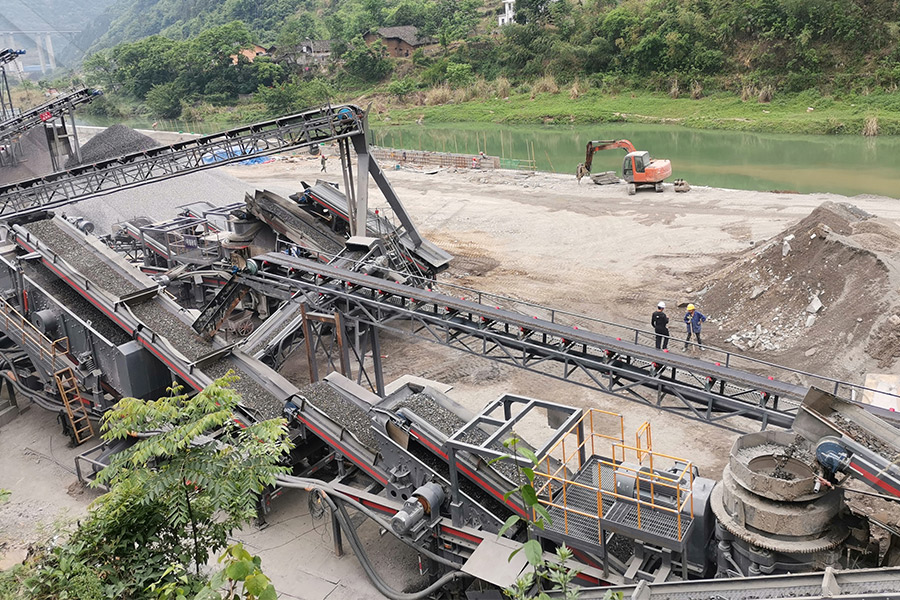
Screening - ScienceDirect
2016-1-1 · The screen was made of wire 10 mm in diameter with an open area of 70%. The feed size of a mineral to be screened was 48% oversize and 30% less than half the aperture of the screen. The speed of travel of the material over the screen was 15 m/min and the feed rate 50 t/h. The bulk density of the material was 1.8 t/m 3.
Read More

(PDF) Screening and Sieve Analysis | Ithuteng Khoza ...
The screening was done using an industrial screen and the sieving was done using laboratory Tyler sieves. The initial mass of the ore manually fed to the screen was 11.965 kg. However, the total mass of the respective launders (particles 22mm) after screening was 11.64 kg. The losses are mainly due to blinding, type and ...
Read More

Principles of Screening and Sizing
2016-1-12 · Review external factors (type of material, amount of near size in the material, shape of material). • Review the screen sizing formula and the effects that each of the above can have on the sizing process. • Review speed, stroke and slope. • Media options available to today's producers and there applications. •
Read More
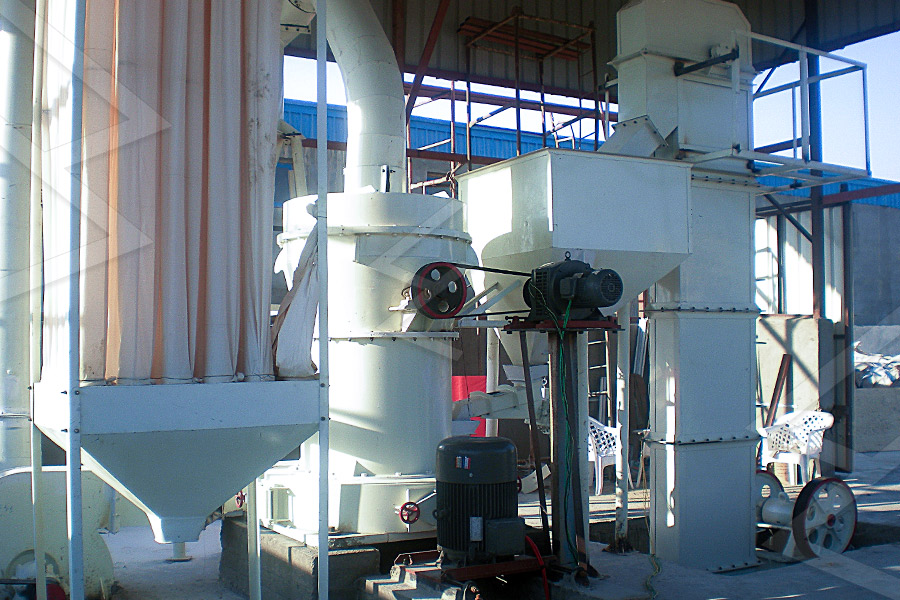
Screening Theory and Practice - Triple/S Dynamics
2021-4-21 · Screening Theory and Practice 1 Part 1. Theory of Screening The purpose of screening is to separate from a granular substance particles that are smaller than the screen opening from those that are larger. This is not as simple as it sounds, and the difficulties compound as the opening becomes smaller. For example, if a sample of a crushed
Read More

Types Of Screening In Mineral Processing
Types Of Screening In Mineral Processing . Mineral processing Wikipedia, the free encyclopedia. In the field of extractive metallurgy, mineral processing, also known as ore dressing, is the Mineral processing can involve four general types of unit operation size reduction sizing separation of particle sizes by screening or classification.
Read More

Taken from Recent Advances in Mineral Processing Plant ...
2018-2-20 · Screening is the process of separating particles by size and fine screening typically refers to separations in the range of 10 mm (3/8 inch) to 38 microns (400 mesh). Fine screening, wet or dry, is normally accomplished with high frequency, low amplitude, vibrating screening machines with either elliptical or straight-line motion. Various types of
Read More

(PDF) Screening and Sieve Analysis | Ithuteng Khoza ...
The screening was done using an industrial screen and the sieving was done using laboratory Tyler sieves. The initial mass of the ore manually fed to the screen was 11.965 kg. However, the total mass of the respective launders (particles 22mm) after screening was 11.64 kg. The losses are mainly due to blinding, type and ...
Read More

Advances in screening technology in ... - Mineral Processing
Summary: In today’s crushing and grinding circuits in the mining sector the bottleneck is no longer the comminution plant but the classification system. The increasing demands on grinding product fineness make this situation more and
Read More

Mining Screens | Multotec - Multotec | Mineral Processing
Mining Screens. Multotec mining screens are used in sorting, classifying, dewatering, scalping, and desliming applications, with one of the world’s largest ranges of rubber, polyurethane, wedge wire, steel and combination ( Polywedge and Polypunch) screen media. We offer completely optimised composite screen decks, with customised and leading ...
Read More

Screening - ScienceDirect
2016-1-1 · The screen was made of wire 10 mm in diameter with an open area of 70%. The feed size of a mineral to be screened was 48% oversize and 30% less than half the aperture of the screen. The speed of travel of the material over the screen was 15 m/min and the feed rate 50 t/h. The bulk density of the material was 1.8 t/m 3.
Read More

Crushing, Screening, and Mineral Processing Equipment ...
The global crushing, screening, and mineral processing equipment market size was $18,980.9 million in 2020, and is expected to reach $32,103.4 million by 2030, growing at a CAGR of 5.2% from 2021 to 2030. The COVID 19 outbreak has affected the growth of the industry owing to the lockdown measure in the countries and delay in manufacturing and ...
Read More

Mineral processing
2017-10-30 · Mineral processing In this article we show you a brief overview of mineral processing. Mineral processing is a branch of science and technology dealing with processing of natural and synthetic mineral materials as well as accompanying liquids, solutions and gases to provide them with desired properties.
Read More

Modelling of screening operations - ScienceDirect
1988-4-1 · International Journal of Mineral Processing, 22 (1988) 193-222 193 Elsevier Science Publishers B.V., Amsterdam -- Printed in The Netherlands Modelling of Screening Operations G. FERRARA, U. PRETI and G.D. SCHENA University o[ Trieste, Trieste (Italy) (Received January 22, 1986; accepted after revision October 7, 1986) ABSTRACT Ferrara, G., Preti, U. and
Read More

Screening Theory and Practice - Triple/S Dynamics
2021-4-21 · Screening Theory and Practice 1 Part 1. Theory of Screening The purpose of screening is to separate from a granular substance particles that are smaller than the screen opening from those that are larger. This is not as simple as it sounds, and the difficulties compound as the opening becomes smaller. For example, if a sample of a crushed
Read More

Mineral Processing Screens - Multotec
Multotec manufactures a range of mineral processing screens that achieve even feed distribution and high drainage capacities in mineral screening processes around the world.. We specialise in manufacturing mineral processing screens for every application, and offer clients specialised rubber screens, polyurethane screens, combination screens and wedge wire screens.
Read More

Mining Screens | Multotec - Multotec | Mineral Processing
Multotec mining screens are used in sorting, classifying, dewatering, scalping, and desliming applications, with one of the world’s largest ranges of rubber, polyurethane, wedge wire, steel and combination (Polywedge and Polypunch) screen media.. We offer completely optimised composite screen decks, with customised and leading screen technology solutions, for all your
Read More

Crushing, Screening, and Mineral Processing Equipment ...
The global crushing, screening, and mineral processing equipment market size was $18,980.9 million in 2020, and is expected to reach $32,103.4 million by 2030, growing at a CAGR of 5.2% from 2021 to 2030. The COVID 19 outbreak has affected the growth of the industry owing to the lockdown measure in the countries and delay in manufacturing and ...
Read More

Chapte r 11. Screening - Webs
Chapte r 11. Screening 11 . INTRODUCTIO N Mineral s of interest exist in nature in the dispersed state, as a separate entity, for example nativ e gold particles in silica rock, or in the combined form, like nickel sulphide or
Read More

Modelling of screening operations - ScienceDirect
1988-4-1 · International Journal of Mineral Processing, 22 (1988) 193-222 193 Elsevier Science Publishers B.V., Amsterdam -- Printed in The Netherlands Modelling of Screening Operations G. FERRARA, U. PRETI and G.D. SCHENA University o[ Trieste, Trieste (Italy) (Received January 22, 1986; accepted after revision October 7, 1986) ABSTRACT Ferrara, G., Preti, U. and
Read More

Dry and Wet Screening in Mining: What are the
2018-2-14 · If you think the differences between dry and wet screen mining are limited to the presence or lack of water, then you're missing several important points. First of all, wet separation technology requires additional equipment,
Read More

Screening Theory and Practice - Triple/S Dynamics
2021-4-21 · Screening Theory and Practice 1 Part 1. Theory of Screening The purpose of screening is to separate from a granular substance particles that are smaller than the screen opening from those that are larger. This is not as simple as it sounds, and the difficulties compound as the opening becomes smaller. For example, if a sample of a crushed
Read More

Screening and Classification
2021-12-26 · Screening, classifying and dewatering are processes which aim to improve downstream separation and materials (particularly product) handling. Most separation processing benefit from a closely sized feed, since it will reduce the
Read More

TECHNICAL NOTES 8 GRINDING R. P. King
2009-7-30 · Industrial grinding machines used in the mineral processing industries are mostly of the tumbling mill type. These mills exist in a variety of types - rod, ball, pebble autogenous and semi-autogenous. The grinding action is induced by relative motion between the particles of media - the rods, balls or pebbles. This
Read More

Mining and Aggregates Screens - Minerals - Weir Group
Mining, aggregate and recycling screening applications. At Weir Minerals we offer two brands of screening technology: ENDURON®. Our range of Enduron® screens have been designed for the tough conditions of the mining and minerals processing industries. These linear motion screens come in banana, horizontal or dewatering arrangements.
Read More
- << Previous:Bio Coal Kaoline Briquette Press Machine
- >> Next:Cone Crusher Parts In Uae


